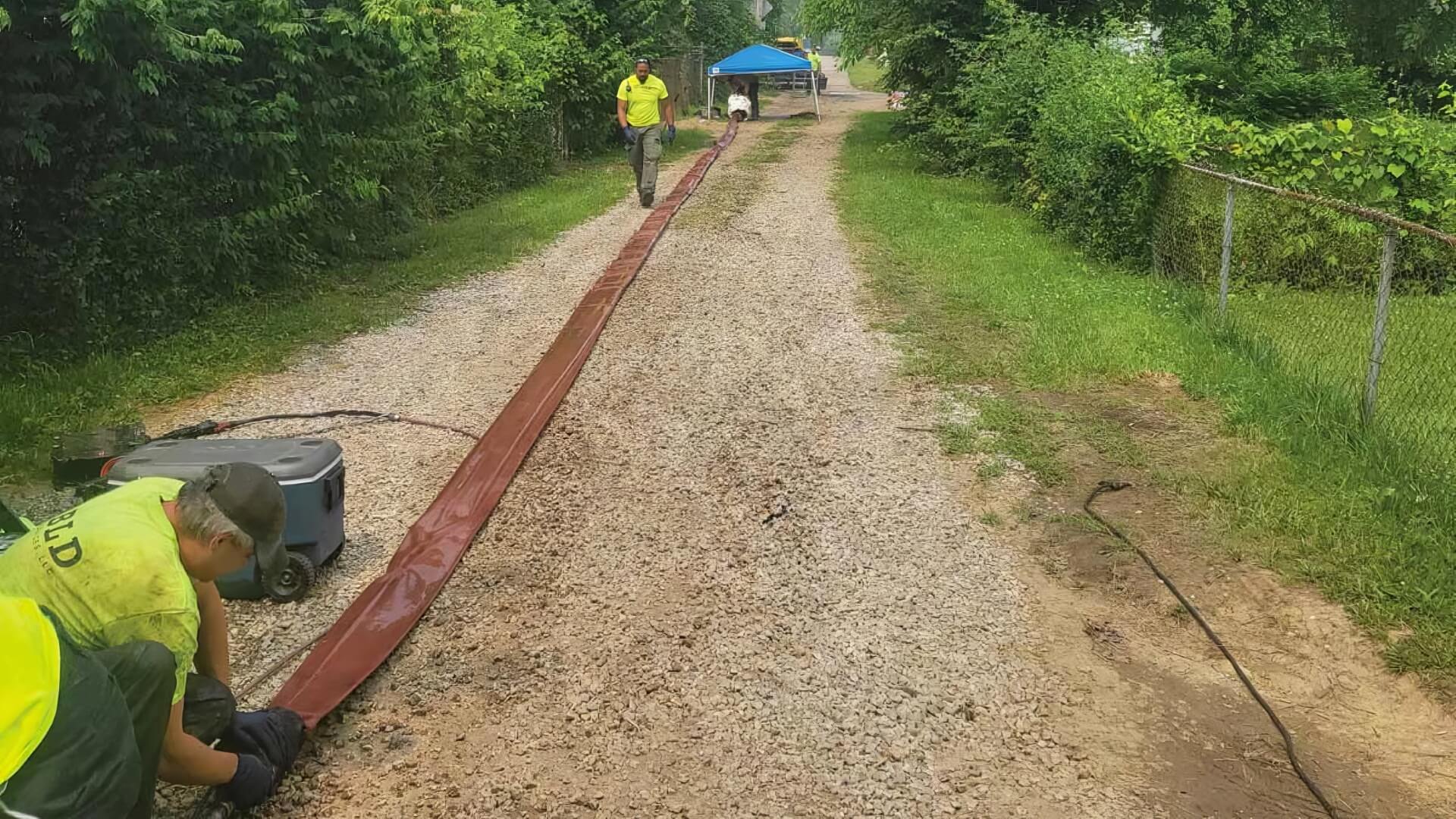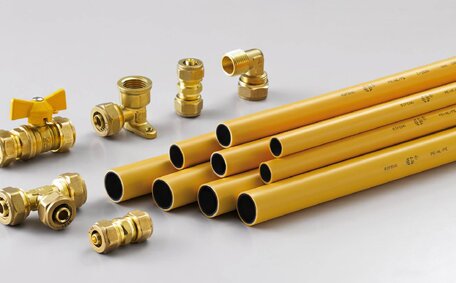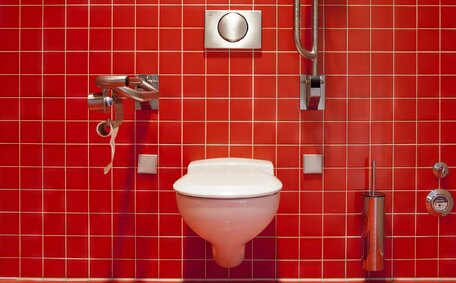Understand Common Plumbing Emergencies
In the Coogee area, frequently encountered plumbing emergencies involve burst pipes, blocked drains, gas leaks, and malfunctioning hot water systems. These plumbing issues require immediate attention to prevent water damage, health hazards, or disruption of day-to-day activities.
Immediately addressing burst pipes can prevent extensive water infiltration into structures and electrical systems. Shutting off your water supply as soon as you discover a burst pipe is crucial for avoiding significant plumbing repairs. Likewise, rapidly managing blocked drains, possibly with drain cleaners, is key to preventing sewage backflows, which pose health risks and unpleasant smells.
Taking swift action to shut off the water can significantly reduce potential consequences.
Being prepared by knowing crucial responses, like shutoff valve locations and having your plumber’s contact ready, helps limit damage and directs subsequent steps. Professional plumbing services must be contacted immediately for potentially dangerous situations such as gas leaks.
Locate and Learn to Use Your Home’s Water Shutoff Valve
Knowing what to look for and where to locate the main shutoff valve is one of the most crucial preparations to shut down your plumbing in an emergency.
This valve, typically located near your house’s water meter, lets you control the entire home’s water flow with just a turn of a lever or handle.
Know where to act and let our team guide you through these key steps to shut off water supply at your main valve:
- Identify your main water supply valve immediately, as it’s vital in emergencies, usually situated in the basement, garage, utility closet, or outside where the water line enters your home.
- Identify the off water valve relevant to your unit among pipes. It likely has a lever or wheel handle.
- Alert your household to cease water use before you turn off your water.
- To operate the off main water valve, twist the handle clockwise until it’s snug and cannot turn anymore.
- To restore water flow and pressure after resolving the issue, reverse the shutoff procedure by turning the valve counterclockwise.
- Conduct leak tests and contact your trusted plumber if any issues arise during your inspections.
Cutting off the main water supply promptly can greatly curb flooding and minimize damage. Mastering shutoff valves may seem straightforward but it requires practice; thus, confirm their locations and test them before emergencies strike.
Have an Emergency Plumbing Toolkit Ready
- Adjustable wrench – Allows tightening or loosening of fittings and pipes.
- Pipe wrench – Grips and turns pipes to stop water flow in burst pipe situations.
- Hacksaw – Saws through damaged piping if unable to shut valves.
- Plunger – Quickly clears blockages for immediate drainage relief.
- Towels and buckets – Essential for containing leaks and preventing water spread.
- Torch or headlamp – Provides visibility in cramped subfloor areas when locating main valves.
- Multitool – Has pliers, screwdrivers, knife, saw and more for quick fixes like tightening loose joints.
- Emergency phone numbers – Records plumbers and utility services to notify about gas leaks, no hot water, etc.
Having these essential tools on hand can lessen anxiety during emergencies and prepare you for the arrival of emergency plumbers. Be cautious to prevent further damage, considering safe actions before professionals take over.
Program Key Contacts Into Your Phone
- Emergency Plumber
- Police
- Fire Brigade
- Poisons Information Centre
- State Emergency Service
Favourite these numbers for quick access. When isolating plumbing issues fast, knowing who to call and what steps to take ensures effective action until help arrives, avoiding panic and delays in seeking local tradespeople.
Also prepare a folder with emergency phone numbers, policy details, shutoff valve photos, and prewritten details about your plumbing system. This simplifies conveying specifics so responders, or any other necessary personnel, grasp the full scenario quicker.
Pre-emptively preparing contact information ensures efficient communication in stressful situations, enabling rapid, organised responses that can expedite the resolution of emergencies and prevent complications from delayed action.
When a Leak or Flood Occurs
Employ towels, buckets, and absorbent materials to sop up excess water, thereby protecting flooring and reducing repair costs while addressing the plumbing issue.
Wear rubber gloves for protection and carefully relocate rugs, electrical appliances, and other valuables away from flooding areas.
Before tackling leaks, turn off the main water to halt all water flow and open cabinet doors under sinks to promote air circulation and prevent mould. After shutting off the water, document property damage for insurance claims with photos and videos. Abstain from DIY repairs unless you’re certain you can completely stop the leak source.
Electrical Safety Precautions
Begin by switching off power at the main circuit breaker panel or fuse box to prevent any water from contacting electrical fixtures. Unplug all nearby appliances and electronics as an extra safeguard. Ensure all your family members avoid handling electrical devices in flooded areas.
Exercise extreme caution when dealing with live equipment that can’t be unplugged, as tampering may worsen the situation and harm your home. Use protective rubber boots and gloves for insulation and avoid wading into standing water which may aggravate the issue.
Assume what do conduct electricity, like all wires, outlets, and appliances, if they encounter water, until proven otherwise. Ropes of holiday lights and extension cords are especially hazardous when wet. Do not reactivate electricity until a qualified electrician deems conditions totally dry and safe.
By proactively removing electrical risks, you ensure that when you need emergency plumbing help, the professionals can focus on the plumbing problem without perilous interruptions. Their expertise, along with preventive measures, can provide safe navigation through emergencies for everyone involved.
Prepare and Protect Belongings and Work Areas
To be ready for plumbing mishaps, protect your items and workspaces from water damage by placing furniture, electronics, and important documents on raised surfaces or inside waterproof containers for an added safeguard against moisture.
Maintain a supply of spare towels in kitchens and bathrooms to swiftly address any overflow from your drains. Clear potential flood zones by relocating movable items to higher ground. It’s a good idea to utilise protective materials such as drop cloths or plastic wrapping to shield stationary appliances and work areas.
If storms or heavy rainfall is expected, use water barriers like sandbags around doorways and keep gutters clear to allow water to drain away from your home promptly.
While extreme prevention isn’t always feasible, Preventing measures can go a long way in protecting your possessions and mitigate potential expenses and destruction from water mishaps and preparing spaces for a rapid response. It also gives emergency crews room to locate and address the source without navigations obstacles.
Exercise Caution While Waiting for the Plumber
During a plumbing crisis, carefulness is imperative while awaiting a professional from Coogee Plumbing. Knowing the correct actions to take promptly is essential, as makeshift repairs could aggravate the issue and harm your property.
Concentrate on containing the situation by turning off your main water valves, mopping spills, and transferring valuables away from floodwaters. Use rubber gloves and boots for safety when entering flooded areas, rather than attempting repairs beyond your skill level. Minimise electricity and appliance use around moisture to avoid electrocution hazards.
Manage the plumbing situation by ventilating rooms - open windows and doors to expel moisture. Chronicle the affected area with photographs or video for insurance purposes. During severe flooding, acknowledge your limits and reach out to emergency services like the SES for additional help.
Despite the temptation to intervene, refrain from amateur plumbing attempts, like disassembling pipes or sewer lines. Inexpert interference with complex systems can worsen problems, risking your safety and your home’s integrity without professional expertise and tools.
Through diligent observation while awaiting professional help, you can prevent the need for extensive repairs. The around-the-clock availability of Coogee Plumbing assures you that assistance is on the way.






